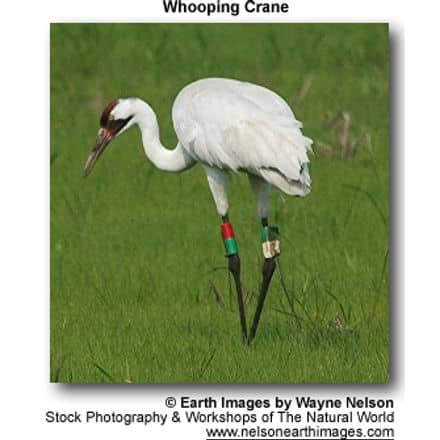Short-tailed Pygmy Tyrants
The Short-tailed Pygmy Tyrant, Myiornis ecaudatus, is not only the smallest member of the tyrant-flycatcher family, but is the smallest passerine (out of over 5,000 species) on earth. It ranges from southermost Costa Rica to Northern Bolivia, Amazonian Brazil, and the Guianas.
This bird is a resident of tall humid forests. It is occasionally found in more open woodland, around treefalls and tall trees in clearings. It is fairly common through most of its range (less common in the Northermost extremes), but is said to be easily overlooked.

Description
The Short-tailed Pygmy-Tyrant is truly a pygmy of a bird, with only a handful of the most lilliputian hummingbirds measuring smaller. The average length is 6.9 cm (2.7″ inches) and the weight averages at 4.2 g. While the bill (though slender) is disportionately large for the size of the bird, the tail is practically non-existent.
The head is gray with blackish lores (the regions between the eyes and bill on the side of a bird’s head) and stand out white “spectacles”.
The back is bright olive-green, and the bar-less wings and tail are both black. The underside is yellow-tinged white, with light olive smudges on the chest and flanks, and the innner flight feathers are edged with yellow.
Males and females look alike. Although the plumage is similar to some other tyrant flycatchers, especially the Slate-headed Tody-Flycatcher, in the field, the bird is more often mistaken for a large beetle or insect, especially while in flight.
Nesting / Breeding
The nest, a moss and fiber ball with a side entrance, is large for the size of the bird. It may be found from 1-8 meter (3.3-26.5 feet) up in the tree, and never near the canopy. 2 eggs, white overlaid with brownish or cinnamon spots, are laid.
Feeding / Diet
The Short-tailed Pygmy Tyrant prefers to take prey by hover-gleaning from beneath leaves at mid-level in the forest. The flight movements have a mechanical-feel that enhances the insect comparison. The abrupt movements of these dwarves make them hard to follow even if seen. These birds also occasionally flycatch after remaining very quiet.
Call / Vocalization
The song is a high pitches series of to 15 c’r’eek notes, at first hesitant, then accerlating and descending slight. There is also a cr’e’e’e’, k’e’e’e’e song that is repeated over and over. Chirp-like squeaks similar to that of a well-rosined bird squeaker and a soft, purring series of trilled notes, lower in pitch than other calls.
In general, the vocalizations of the Short-tailed Pygmy Tyrant are all unlikely to be recognized as a bird vocalization, but are rather more like the sounds made by crickets or small frogs.





